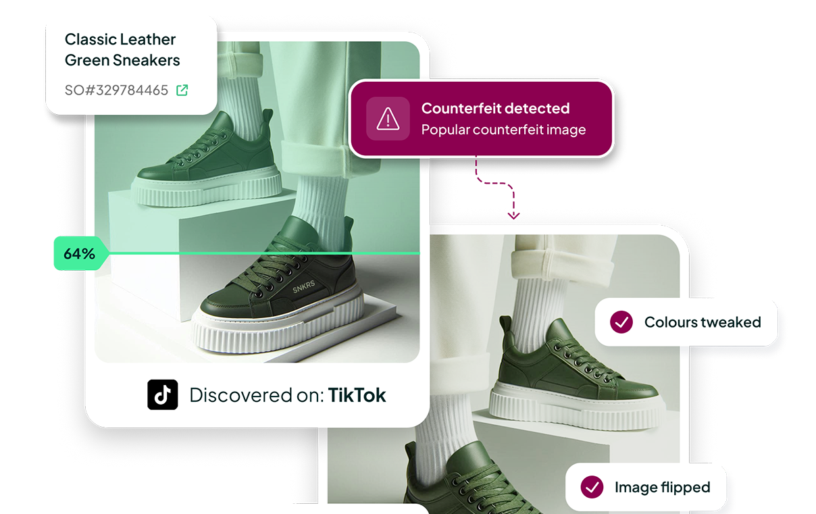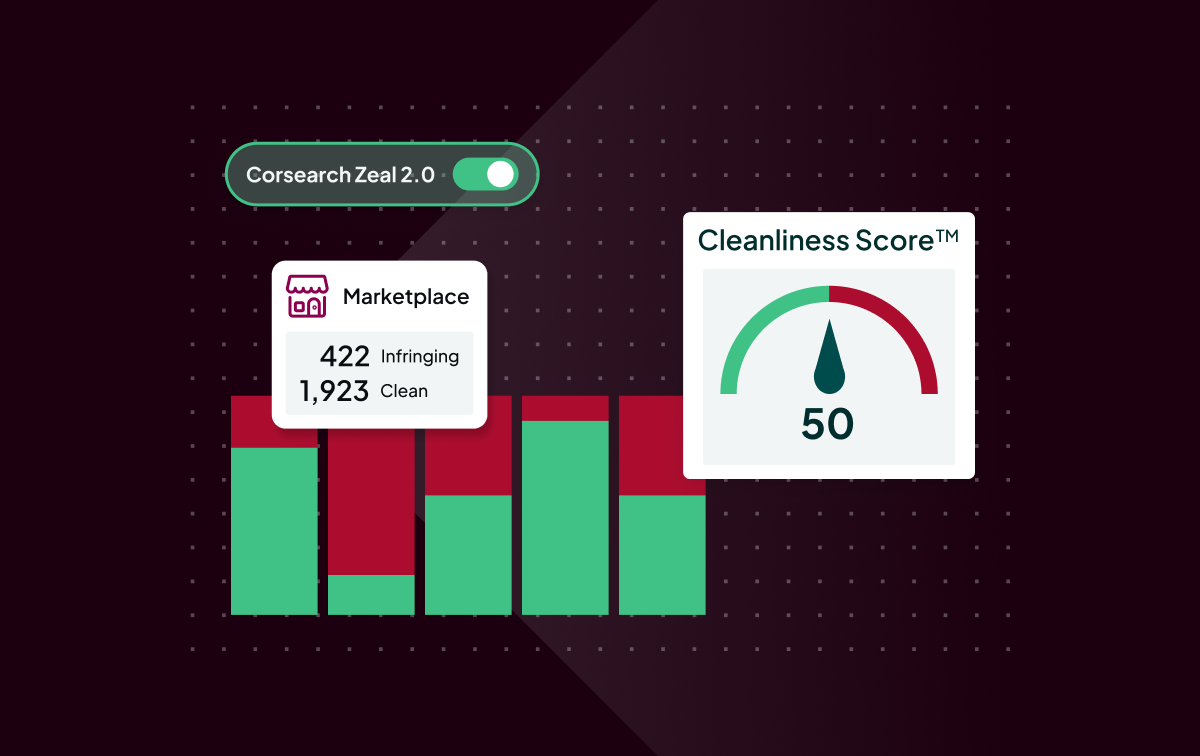Blog
How the CHIPS Act is Quietly Revolutionizing Anti-Counterfeiting in Semiconductors
- Brand Protection

When we think about counterfeiting, semiconductors aren’t usually the first thing that comes to mind. But as an increasingly critical part of our infrastructure that we rely on — and the products we use every day — perhaps they should be.
From national defense systems and telecommunications to healthcare and consumer electronics, counterfeit chips pose a growing and dangerous threat. And while this battle is often fought quietly, a major shift is happening — driven not by direct IP legislation, but by industrial policy. Specifically: the CHIPS and Science Act of 2022.
On paper, the CHIPS Act is about strengthening domestic semiconductor manufacturing and research. It doesn’t shout “anti-counterfeiting” — but make no mistake, that’s exactly what it’s helping deliver. By reimagining how chips are made, tracked, and secured, it’s laying the foundations for a more trustworthy supply chain — one where counterfeit components have far fewer places to hide.
At Corsearch, we believe this kind of shift — where policy, security, and brand protection intersect — is where some of the most impactful change happens.
Let’s take a closer look at how the CHIPS Act is quietly revolutionizing the fight against counterfeit semiconductors:
1. Building trusted supply chains starts at home
At the heart of the CHIPS Act is a bold ambition: make more chips in the U.S., and make them securely.
Why? Because semiconductors are now critical infrastructure. A compromised chip in a communications system, power grid, or fighter jet isn’t just a glitch — it’s a national security risk.
To prevent this, the U.S. government — through agencies like the Department of Commerce, Department of Defense, and NIST (The National Institute of Standards and Technology) — is mandating more than just manufacturing. They’re promoting supply chains that are trusted by design, where authenticity and traceability aren’t optional extras.
This isn’t just about meeting regulatory checklist; it’s a shift in accountability across every link in the chain. One where every player in the supply chain is expected to verify, monitor, and protect the integrity of the components they use or produce.
2. NIST’s purpose: research, standards & traceability
One of the most impactful provisions of the CHIPS Act is the significant funding directed towards NIST for microelectronics research and standards development.
NIST’s mandate includes supporting traceability and component provenance: the ability to track a component from its origin to its final destination and verify its authenticity. While NIST does not explicitly refer to “anti-counterfeiting”, its standards are intrinsically linked to this wider fight:
- Unique identifiers: Akin to digital fingerprints for chips, making each one trackable and verifiable.
- Supply chain traceability: Standards that allow chips to be traced from fabrication to final product.
- Authentication protocols: Tools to verify that a component is what it claims to be — and that it hasn’t been tampered with.
In short: NIST is creating the technical language of trust. And once adopted, these standards will make it exponentially harder for counterfeit chips to enter — or stay in — legitimate supply chains.
3. Defense funding means zero tolerance for fakes
A key part of the CHIPS Act is the CHIPS for America Defense Fund, which allocates funding specifically for defense-related semiconductor manufacturing. And here, the expectations around security are even higher.
To receive this funding, manufacturers must meet tight requirements around:
- Secure boot: Only genuine firmware can be loaded
- Hardware root-of-trust: Embedded cryptographic keys validate authenticity
- Anti-tamper packaging: Alerts when a chip has been physically accessed
- Embedded authentication: Chips that verify themselves in real-time
These aren’t “nice-to-haves.” They’re conditions of participation. And they’re forcing the industry to develop and adopt next-gen anti-counterfeiting technologies at scale — fast.
4. No compliance? No funding.
Here’s where it gets real: CHIPS Act funding isn’t a blank check.
The Department of Commerce can impose strict rules tied to traceability, risk reporting, and authentication — and they’re backed by real enforcement powers. Miss the mark, and companies face:
- Clawbacks of federal funding
- Ineligibility for future grants
- Contract cancellations
- Civil penalties or legal exposure under acts like ITAR or the False Claims Act
Put simply: If counterfeit chips are found in your supply chain, it’s no longer just a quality control issue — it could be a federal case.
Corsearch’s role in a secure semiconductor future
Corsearch may not design silicon, but our expertise in brand protection and IP enforcement makes us a key player in this evolving landscape. The principles driving the CHIPS Act’s approach to anti-counterfeiting – secure provenance, traceability, and robust authentication – align with our holistic view of brand integrity.
As companies race to comply with CHIPS Act requirements and fortify their supply chains against increasingly sophisticated threats, Corsearch’s solutions offer critical support:
- Supply Chain Visibility & Monitoring: Our ability to monitor global supply chains, detect anomalies, and identify potential counterfeit hotspots provides an essential early warning system. While the CHIPS Act sets the standard, our technology can help identify when and where those standards are being compromised.
- Intelligence Gathering & Analysis: We translate complex digital signals into actionable intelligence, helping companies understand the threat landscape, identify bad actors, and build defensible cases. This complements the forensic and investigative needs that arise from compliance audits or security risk designations.
- Digital Fingerprinting & Authentication Support: While not direct providers of embedded authentication, we work with clients to track and enforce intellectual property related to unique identifiers and secure digital tags once they are implemented. Our systems can be a crucial part of verifying the authenticity of products as they move through the digital marketplace.
Why this matters
The CHIPS Act isn’t just a domestic manufacturing push — it’s a turning point in how the semiconductor industry handles trust, security, and authenticity.
For Brand Protection professionals, it’s a wake-up call; counterfeit threats are evolving, and compliance expectations are rising. Companies that fail to get ahead of this risk being locked out of funding, markets, and partnerships.
But for those who invest early in supply chain integrity and anti-counterfeiting strategies? There’s a clear opportunity to lead.
At Corsearch, we’re here to help brands turn compliance into competitive advantage — with the technology, intelligence, and expertise to protect what matters most.
Detect, investigate & remove counterfeits
Our solutions are trusted by 5000+ leading brands. Talk to one of our experts to learn how we can help you secure your brand integrity.





